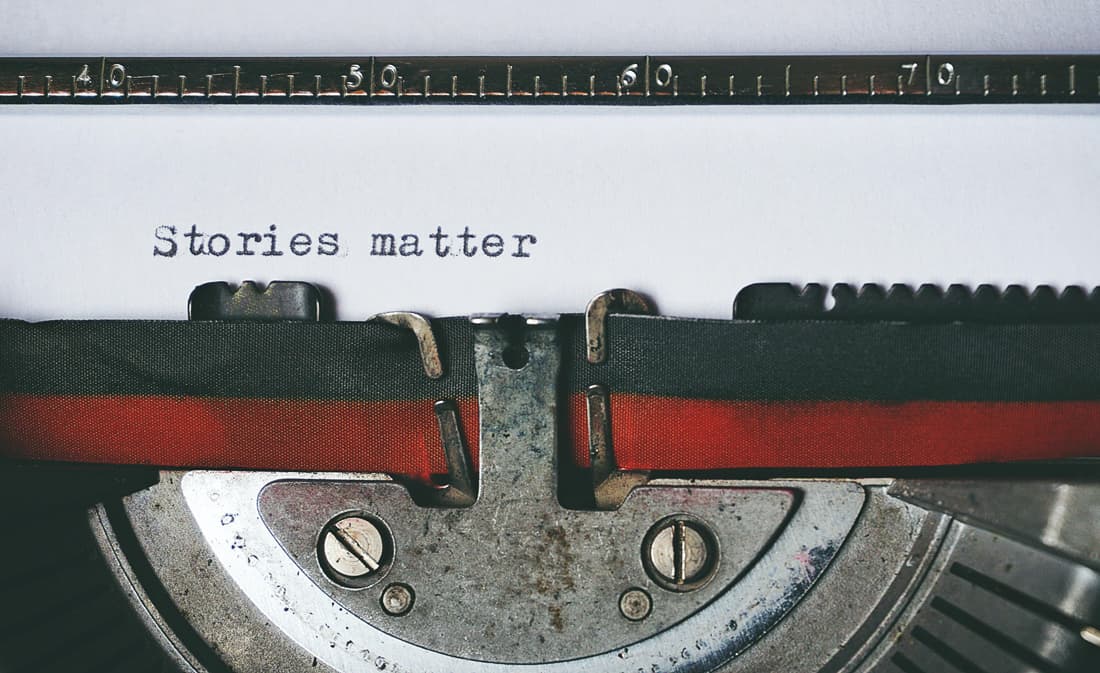How to write headlines in 3 steps

This post walks you through how to write headlines in three simple steps. Headlines are no ordinary titles. These are the titles of the press releases you send to journalists. That’s what makes them a big deal.
Once you’re done reading this, you wouldn’t even need to think about how to write headlines. You’ll just let the words flow right through.
Be punchy
The first step? Summarize your story in as few words as possible. Headlines need to be attention-grabbing in all the right ways. In this case, clarity trumps creativity. You know when you get that urge to be playful with words? Resist that urge, as tempting as it may be. Now’s not the time for puns and double entendres. Cut to the chase.
Another crucial factor is word choice. Avoid industry jargon and corporate buzzwords. Plain, everyday language is where it’s at.
More punchy headline hacks:
- Focus on what’s in it for the journalist
- Write in active voice
- Highlight numbers and stats
- Use punctuations to your advantage
Think Twitter-friendly
Making your headline share-worthy is the second step. If you see your own headline on your Twitter feed, would you click it? Go for an angle that will make your press release appealing. Tell it like it is, but say it in a way that speaks volumes.
A letter to The Atlantic boldly claims that “Twitter Is Not as Important as Journalists Make It Seem.” But like it or not, Twitter has become a go-to news source for many in the last decade. Even if you’re not pitching to journalists on social media, writing headlines with Twitter in mind is still a good exercise.
Go 100% error-free
Here’s the final step coming your way—make it right. As the headline is the first thing journalists see when they come across your story, the stakes are high. With journalists receiving hundreds of pitches a day, they have no time to waste. One look at your typo-ridden headline and it’s straight to the trash.
When making a first impression, it’s all about putting your best foot forward. If you’re the press release, the proverbial foot is the headline. Make sure to clean yours up before hitting ‘send’. Take a step back and come back to it later. Better yet, get a fresh set of eyes on it. No time to grab a colleague? Run it through a spellchecker, at least.
But wait, does order matter?
Before we wrap up, let’s address this age-old debate. Should you focus on the content and figure out the headline later? Or should you start your brand story with the headline?
Some say that writing headlines should be the final step in your press release. Fixating on the headline can be unproductive. It’s a challenge to sum up the story—that you haven’t even written yet—from the get go. Starting with the headline first can also tie you down. You may have an idea of what your story will cover, only to realize that it’s gone in a different direction. And just like that, you’re stuck with a headline that doesn’t fit.
Others might argue that headlines should come first, as a way to set the scope and length of your piece. Having a headline from the beginning helps you stay on topic. It’s easy to get carried away, especially when you have so much information on hand.
So use that headline at the top of the page as your guide. Crafting the rest of your content is easy—it’s all outlined in our Press release template.